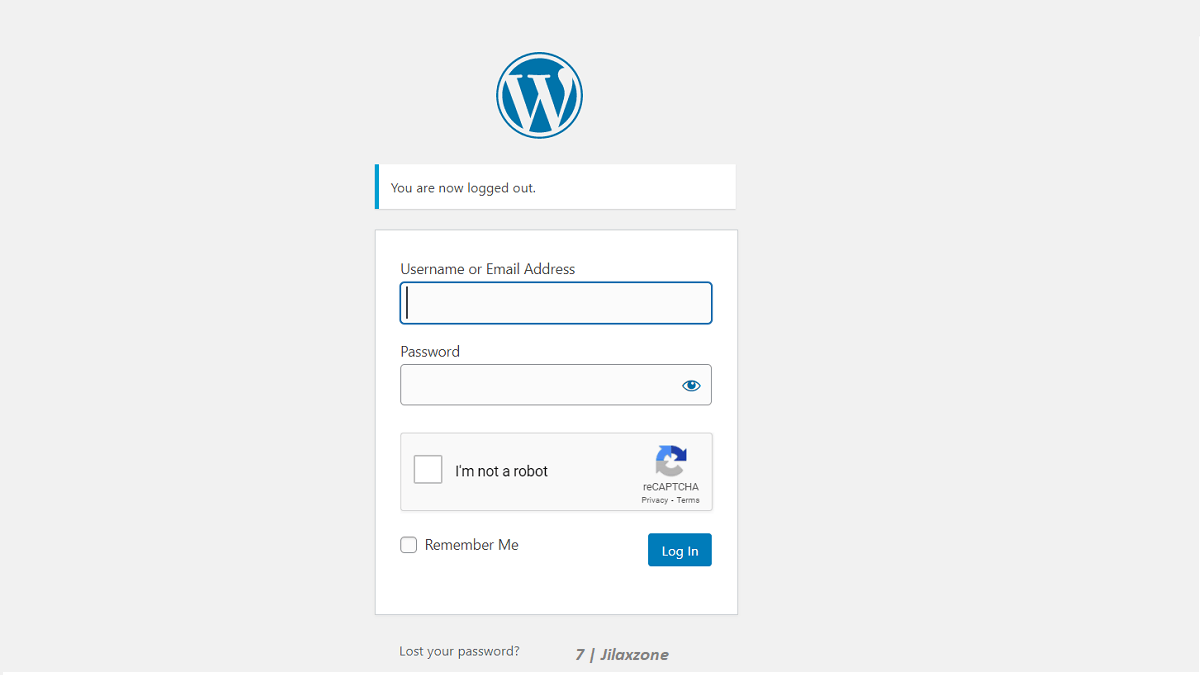

- #Bitnami wordpress stack on aws how to#
- #Bitnami wordpress stack on aws install#
- #Bitnami wordpress stack on aws free#
Therefore, you should become familiar with connecting to the AWS cloud server using a Secure Shell (SSH) login and executing commands at the console prompt. While you can perform many WordPress configuration tasks using the WordPress Dashboard, there are some tasks which can only be performed directly from the AWS server command prompt. In case you haven’t, use the image below as a reference to locate your server’s public IP address.Ĭonnect to the WordPress server using SSH You have obtained the public IP address of your WordPress server from the AWS EC2 Console.
#Bitnami wordpress stack on aws how to#
In case you don’t know how to perform these tasks, our handy guide to getting started with Bitnami applications in the AWS Marketplace will walk you through the process. You have deployed Bitnami WordPress using the AWS Marketplace and have the corresponding SSH private key in PEM format. This guide will assume that you already know the basics of using the Bitnami WordPress Stack and will walk you through more complex tasks, such as connecting to the WordPress MariaDB database, installing an SSL certificate, and using a custom domain. It comes with a pre-configured, secure and up-to-date installation of WordPress that you can immediately deploy and begin working with. If you’re looking to create a personal or small business website or blog, the Bitnami WordPress Stack is the quickest and easiest way to get started with WordPress.
#Bitnami wordpress stack on aws free#
It’s not hard to understand why: WordPress is incredibly easy to use, comes with thousands of extensions and themes, and is completely free and open source. WordPress is one of the most popular blogging platforms in the world, in use on over 60 million websites (according to Wikipedia). Refer to the FAQ for more information on these changes. The output of the command indicates which approach (A or B) is used by the installation, and will allow you to identify the paths, configuration and commands to use in this guide. To identify your Bitnami installation type and what approach to follow, run the command below: $ test ! -f "/opt/bitnami/common/bin/openssl" & echo "Approach A: Using system packages." || echo "Approach B: Self-contained installation." On account of these changes, the file paths stated in this guide may change depending on whether your Bitnami stack uses native Linux system packages (Approach A), or if it is a self-contained installation (Approach B). NOTE: We are in the process of modifying the file structure and configuration for many Bitnami stacks. Get Started with Bitnami WordPress on AWS Marketplace (for Intermediate Users)

Improve TensorFlow Serving Performance with GPU Support.Best Practices for Cloud Resource Management.Modify Elastic Block Storage (EBS) Volumes for Bitnami Applications on AWS.Add Elastic Block Storage (EBS) Volumes for Bitnami Applications on AWS.Monitor Bitnami Stacks with NGINX Amplify.Migrate Data From One Drupal Instance to Another.
#Bitnami wordpress stack on aws install#
Install WordPress On Top Of The Bitnami NGINX Stack.Install Drupal On Top Of The Bitnami NGINX Stack.Migrate Data From One WordPress Instance to Another.Get Started with Bitnami WordPress on AWS Marketplace (for Intermediate Users).Configure Advanced Integration between Git and Redmine.Configure Elastic Load Balancing with SSL and AWS Certificate Manager for Bitnami Applications on AWS.Learn about the Bitnami HTTPS Configuration Tool.Migrate Data From One Bitnami LMS Powered by Moodle(TM) LMS Instance to Another.Learn about the Bitnami Diagnostic Tool.Generate and Install a Let's Encrypt SSL Certificate for a Bitnami Application.


 0 kommentar(er)
0 kommentar(er)
